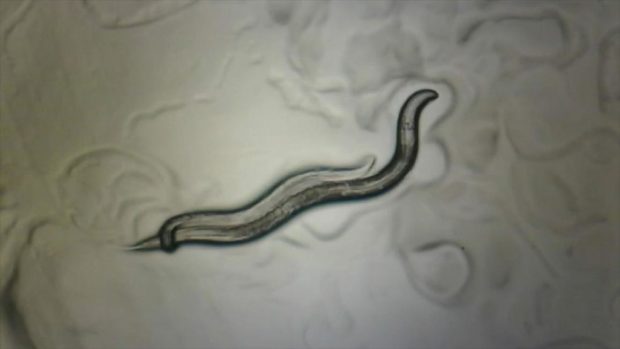Sex-specific pruning of neuronal synapses in Caenorhabditis elegans
AUTHORS: Meital Oren-Suissa, Emily A. Bayer & Oliver Hobert
“Nematode worms have sex specific circuits in their brains that cause the males and females to act differently.” An NIH-funded (NINDS) study at Columbia University explores how sexually dimorphic connections arise in the worm nervous system. The worms appear to be hermaphroditic (eliciting characteristics of both/either sex) until they mature sexually, at which time their neurons are “pruned” and a small number of neurons appear, leading to either male or female patterns. And these changes result in dimorphic behavior.
They discovered brain cells that responded to different environmental stimuli. Males responded more to specific mating cues, while females responded more to avoid specific taste cues.
The research was supported by a Senator Jacob Javits Award in the Neurosciences, named for the senator who was a strong proponent of research in neuroscience. To read the NIH News Release about this work, visit HERE.

